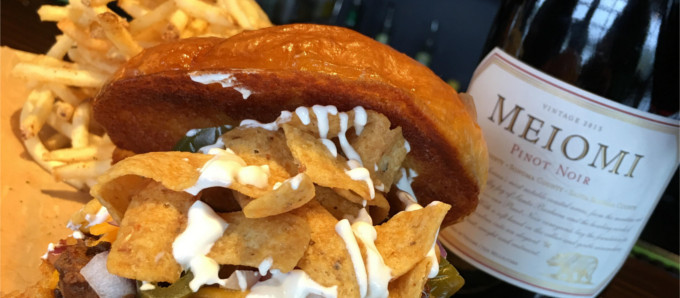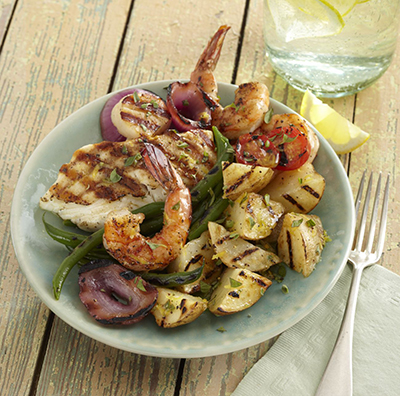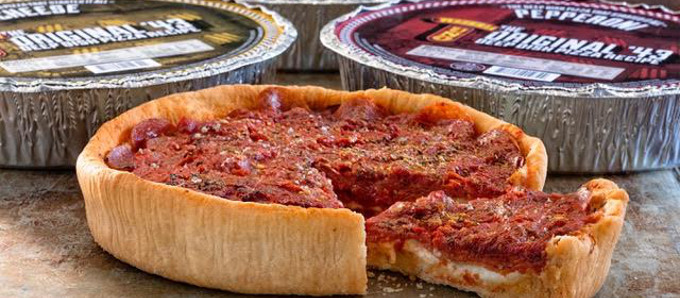Governor Bob McDonnell announced today that a newly released economic impact study shows that Virginia’s burgeoning wine industry contributes almost three-quarters of a billion dollars – or $747 million – annually to Virginia’s economy, an increase of 106 percent over the figures from the last economic impact study conducted in 2005. All major economic drivers examined in the comprehensive study showed significant double-digit percentage growth.
“The Virginia wine industry has seen tremendous growth over the last few years,” said Governor McDonnell. “From beautiful new wineries starting up to more and more retail outlets and restaurants adding our wines to their shelves and menus, the growth has been very evident even to the casual observer. However, this study clearly quantifies that growth with empirical data and shows the significant economic impact that the industry is having across the Commonwealth. I congratulate our winery owners and grape growers for these achievements, and I look forward to working with them as we continue our efforts to make Virginia the preeminent East Coast destination for wine and winery tourism.”
The 2010 Economic Impact Study of Wine and Wine Grapes on the Commonwealth of Virginia, which was completed by Frank, Rimerman + Co., a nationally recognized accounting and consulting firm that specializes in the wine industry studies, was commissioned by the Virginia Wine Board (VWB) and completed in January 2011. It is the first economic impact study of the Virginia wine industry since 2005. That report showed that the Virginia wine industry employed just over 3,100 people and contributed more than $360 million to the Virginia economy on an annual basis. The study reflected the impact of approximately 130 wineries in 2005.
In comparing the figures from 2005 and 2010, the full economic impact of wine and wine grapes on the Virginia economy has more than doubled, from $362 million to $747 million, a 106 percent increase. The number of wineries increased from 129 in 2005 to 193 in 2010, a 49 percent increase. The number of full-time equivalent jobs at wineries and vineyards rose from 3,162 to 4,753, a 50 percent increase, and wages from jobs at wineries and vineyards increased from $84 million to $156 million, an 86 percent increase, during the same time period.
The report showed significant growth during the five-year period examined in the number of grape growers and grape bearing acreage as well as taxes generated for state and local governments. For example, the number of grape growers climbed from 262 to 386, a 47 percent rise over the same period. The number of grape bearing acres increased from 2000 in 2005 to 2,700 in 2010, a 35 percent climb. The amount of taxes paid to the state and to local governments grew from $21 million to $43 million, a 105 percent increase.
The study also highlights the significant impact that tourism is having on the Virginia wine industry, with the number of wine-related tourists visiting Virginia increasing from 1 million in 2005 to 1.62 million in 2010, a 62 percent increase. Expenditures related to winery tourism are up dramatically as well, with $57 million in 2005 versus $131 million in 2010, a 130 percent increase.
“The Virginia wine industry is one of the fastest-growing segments of Virginia’s diverse agricultural industry,” said Todd P. Haymore, Secretary of Agriculture and Forestry. “Most of the investments made, jobs created, taxes generated, and tourism driven expenditures around the wine industry are in rural areas, where they are making a big impact on local economies. This is especially good news for those regions, and the study shows what powerful economic drivers agriculture and tourism, two of Virginia’s largest industries, can be for the overall economy.”
Raising the profile of Virginia wines and wine tourism are key components of the governor’s economic development and jobs creation initiatives. The governor has promoted Virginia wines at the Virginia Executive Mansion and throughout Virginia, on domestic business recruitment visits, and on international trade and marketing missions to India, Israel, and countries in Europe and Asia. First Lady Maureen McDonnell has also incorporated wine and wine tourism promotions into her First Lady Initiative Team Effort or FLITE.
Sales of Virginia wine reached a record high in fiscal year 2011 with more than 462,000 cases, or more than 5.5 million bottles, sold. This volume marks a sales increase of more than 11 percent over the previous fiscal year. Virginia currently ranks fifth in the number of wineries in the nation with 210. Virginia is also the nation’s fifth-largest wine grape producer.
The 2010 Economic Impact Study of Wine and Wine Grapes on the Commonwealth of Virginia study delves further into all the aforementioned areas and other key economic drivers. The study also highlights the support by state and regional organizations, including the VWB, Virginia Wineries Association, and Virginia Vineyards Association. In addition, the study noted the significant support from Virginia state government over the last few years, including mentions of the winery and vineyard establishment/expansion tax credit program created by Governor McDonnell and approved by the Virginia General Assembly in 2011 and the increase of appropriations into the Virginia Wine Promotion Fund for wine-related research, education, and marketing. Governor McDonnell requested the funding increase and the General Assembly approved it in 2010.







